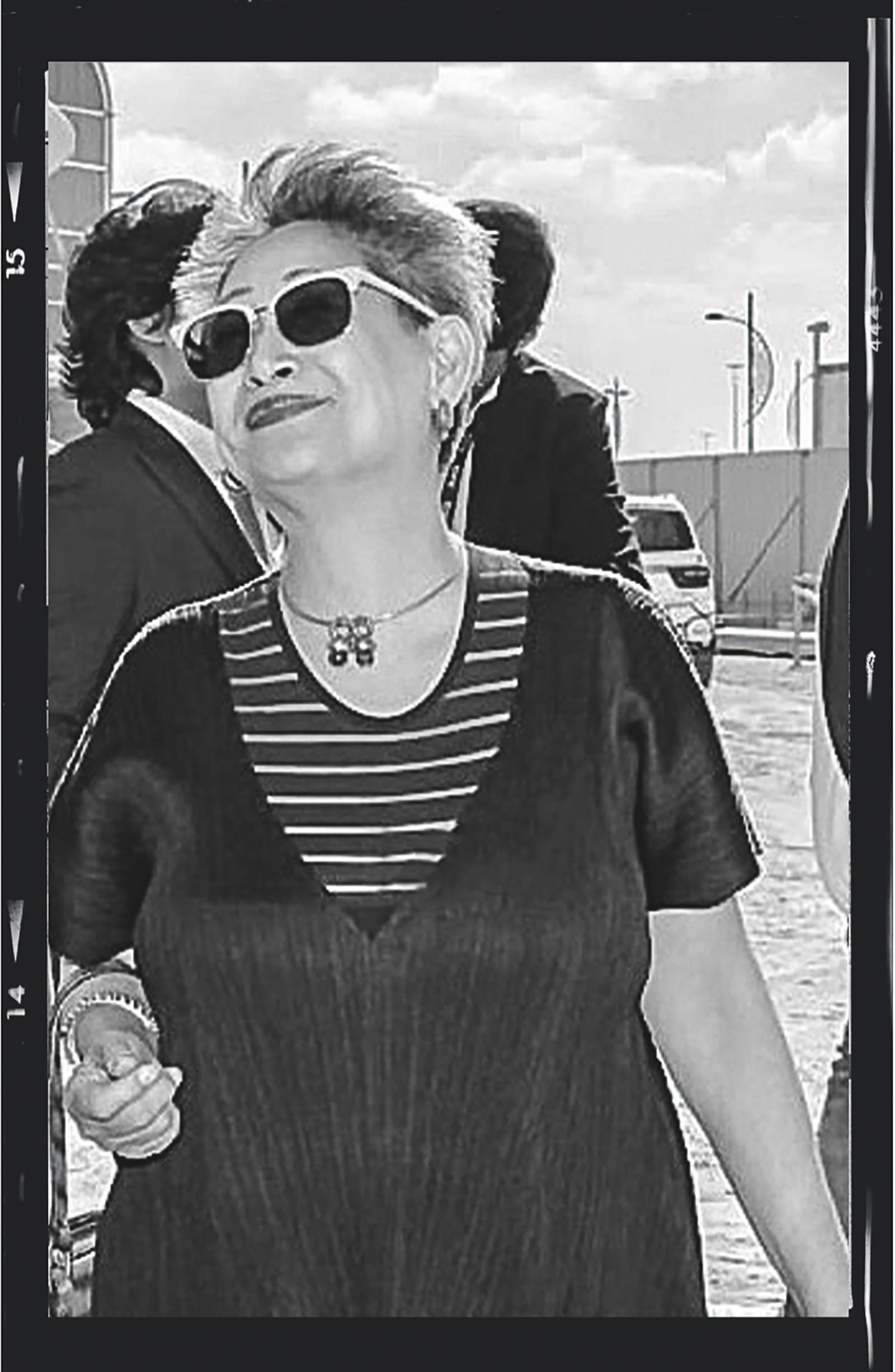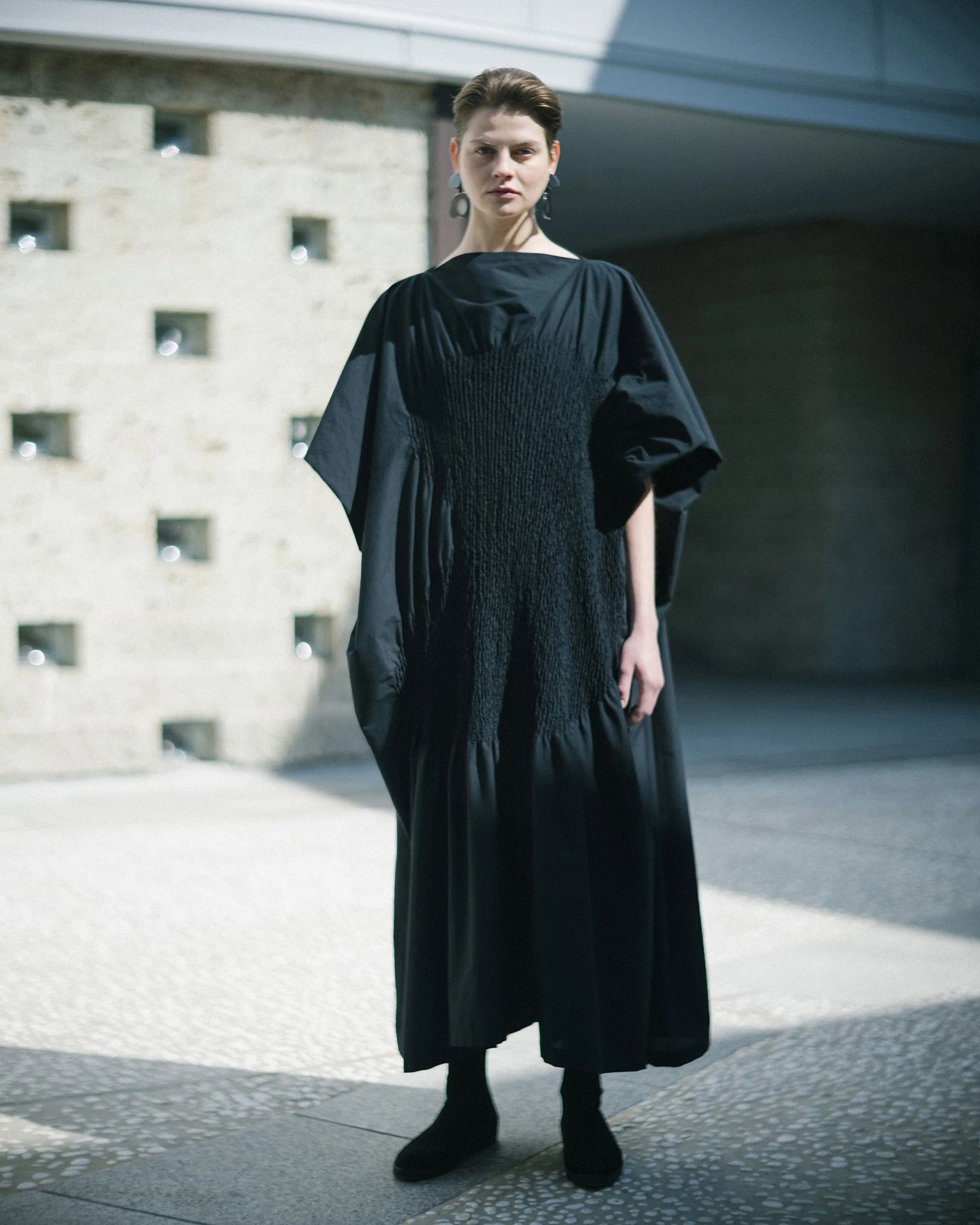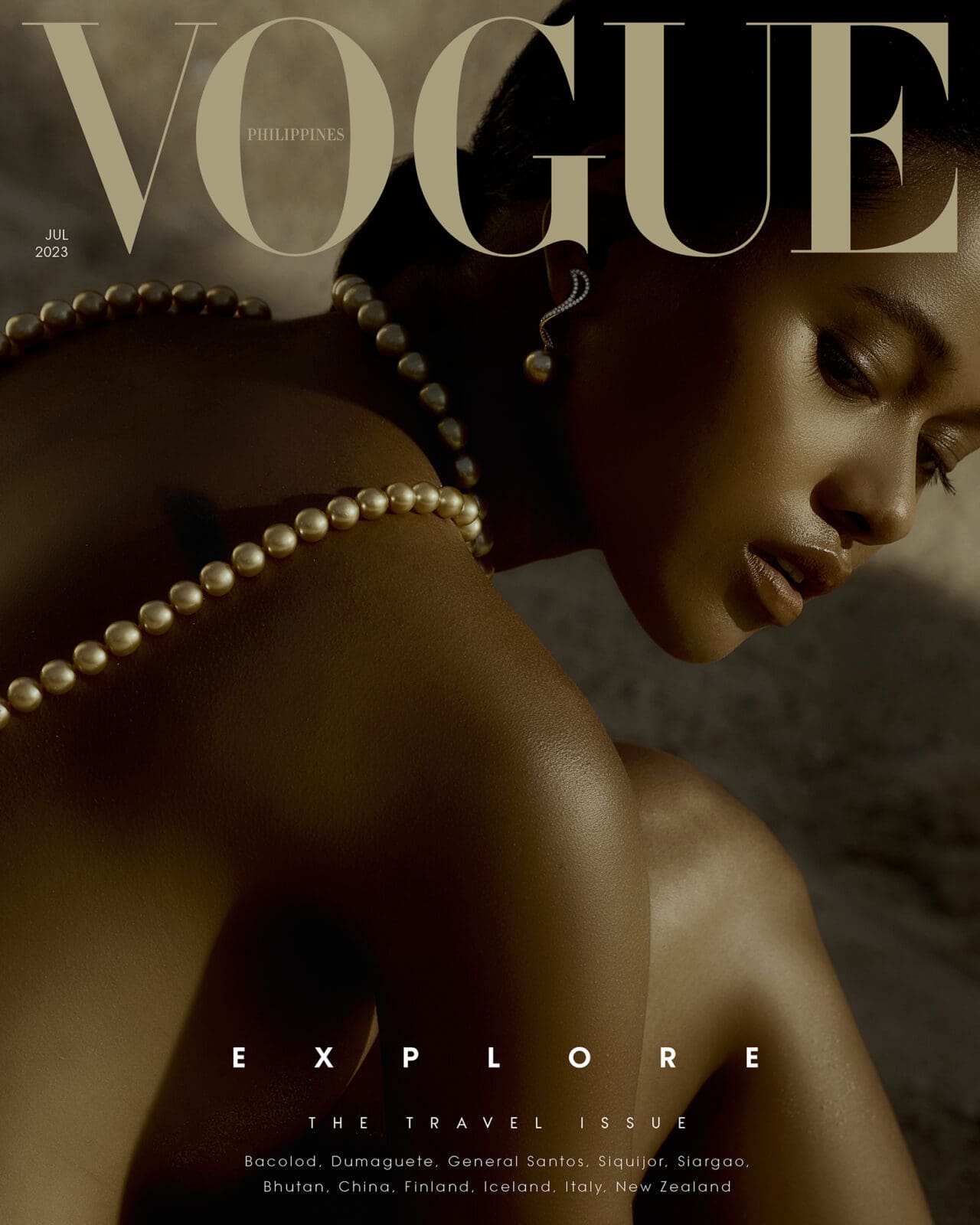Photo: Courtesy of Issey Miyake
Culture critic and independent curator Marian Pastor Roces on her trusty Issey Miyake.
Tokyo
I do not recall when the basic black pleats dress became my traveling companion, except that it was post 9/11 and it was in Tokyo when I first needed it. The Issey Miyake standard, deep v-neck with a hem just below the knees, transcends the worst packing frenzies; could be stuffed in a shoe or handbag. It was, of course, a strange time that needed a well-surviving, survivor’s dress. Just how strange—the dress and the times—would come to me years later.
See: Japan at the start of the millennium didn’t even have pickpockets. Train commuters slept on the ride and only lightly, mindlessly held their designer bags. Petty theft was unheard of. And so, when a rotund Japanese cult leader caused his followers to release lethal sarin gas into a Tokyo train on a regular run, the order of things quivered. A bit. The event exercised the fellows at the Japan Foundation Asian Leaders gathering a few years later—I among them, figuring unknown parts of people’s hearts. To the side of things, the Miyake dress seemed part of something complicated.
A downbeat could be picked up during that otherwise buoyant time. It will still be a few decades before Russia would let loose chemicals over Syria, among other hellish turns of the 21st century. But malevolent actors with peculiar, overlarge personal power already lurked just outside daily routines. In our islands at the flanks of Asia, we picked up the early signals of literal bad weather ahead. Not a time, I thought, to lug difficult clothes in my peripatetic suitcase. Issey M seemed to know about the future.
Barcelona
With the weight of a kerchief, my Pleats Please thing accompanied my returns to Barcelona (the previous stay of many months needed no hyper-real clothing) back and forth to the Zaragoza World Expo 2008. Curating the Philippines Pavilion meant months in Aragon’s desert topography, head in a construction site helmet and feet in supportive rubber. Which had to be dumped in a duffel for the quick change for sundry dinners with luminaries. The friendly Issey pulled out of the sack in wherever powder room, and with light mules and heavy jewelry to rematerialize myself in wine-and-dine theaters of negotiation.
I kept going back to my beloved Barcelona from work in Zaragoza because, meeting A, we slipped back to our lovers’ habit of walking and reading streets; inevitably drawn to day’s end dining rooms in Barri Gotic. Lining up for hours for seats, smoking with the rest. The pleated wonder breathed well in the heat of Catalan days and at night worked with a light wrap to modulate the drafts channeled through 1,000-year-old wood and stone. As it happened, then: that dress which keeps its Miyake eternal form while lightly outlining my age-carved form, eased me into Barcelona’s version of democracy.
Like the dress, Barcelona’s tenacious, fluid form facilitates the personality and independence of the resident/wearer. Its age-carved form—here atomic age Miyake meets Roman Barca—arrived at the 20th century by pioneering urban planning as a democratizing effort. Imagine! The dress, worn day to night and handwashes/dries for yet another day, and which is equally chic and formal and casual and, not the least, freedom-loving, made is so easy to understand that democracy can be designed.

Dubai
I wasn’t going in Filipiniana to the diplomatic affairs. Firstly, because I am not sure of the democractic credentials of piña couture. Secondly, I can’t be bothered with the ironing and fuss. However, the World Expo 2020 Dubai imposed the most amount of engagement with Filipinos of the four Philippine pavilions I had curated. The 700,000 plus expatriate Filipinos in the UAE deserves full-on affirmation. The Miyake had to work, and it did. The dress and I disappeared in the crowds, but for the chocolate lipstick and reproductions of archaeological jewelry. Magically, the Miyake let me make a suggestion: that fellow-feeling, or maybe love, for the Philippines might well be signaled by cheek.
Cheek, after all, is what possessed the hundreds of thousands of Filipinos who relocated hundreds of thousands of miles away from the tropics to the deserts. I felt I made a connection. With some. With enough. Transplantation can mean picking up and owning new signals. It was pretty gorgeous to get back to the future: Filipinos creating a nation dispersed. For this constantly moving nation of adventurers—and poverty may not be the only drive—dispersal is putting on, trying out different clothes. In a manner of speaking: floating ideas and things can be gathered and, well, test-run. The Philippines is now an immense planetary archipelago of communities. Packing my Miyake is now like packing an amulet.
And the rest of it
In Paris at the Musée du quay Branly for the 2013 massive exhibition on the Philippines, Archipel des eschanges: the Miyake held up—to be sure, with a neck “lace” of massive, curved boar’s tusks, a Cordillera antique. I had the cheek to ask the museum’s President to allow me to stage the launch of a new Museo ng Kaalamáng Katútubô in Metro Manila the day after that French Archipel exhibition. To launch in Paris—and he had said yes. I gave my introductory remarks in, of course, the traveling Miyake. For this occasion, the neck piece had to be the restrained, thin, gold torque. Earrings had to be the fastidiously crafted reproductions of a 4,000-year-old Batanes ling-ling-ò form, the type with extensions of three triangulate points. These little spikes spoke before I did. Staged, as they were, by the black dress.
The London fashion week at Sommerset House was in one wintry January, celebrating the 500th anniversary of Thomas Moore’s Utopia. The pleated wonder served as something of a chemise, beneath layers and layers of wool that followed its contours, that followed my contours. Utopian desire and a fashionable chemise? Well, it was London’s idea to fuse political writing with the response from fashion makers that year! But indeed, the yearning—for democracy in my case—concerns the extraordinary usefulness of elegant form metaphorically next to the body, as various kinds of social weather whip up on our tracks. In fact, it was in London when this penny dropped: that Issey Miyake himself is and should remain a utopian emblem.
A and I were in Prague during a few weeks frozen in time, a few years after London, recalling New York’s 9/11 and the time in Tokyo, as we seem to have walked every inch of an architectural precinct designed by the early 20th C Czech genius Jože Plečnik. As we absorbed the refinement realized as utopian aspiration—the UNESCO World Heritage-inscribed “human scale architecture” of Plečnik’s Llubjana—our minds went back to Issey Miyake, who survived the 1945 atomic bomb explosion in his birthplace Hiroshima. Living past horror, fashion might be recollected as the verb, to fashion. To recreate the world.

